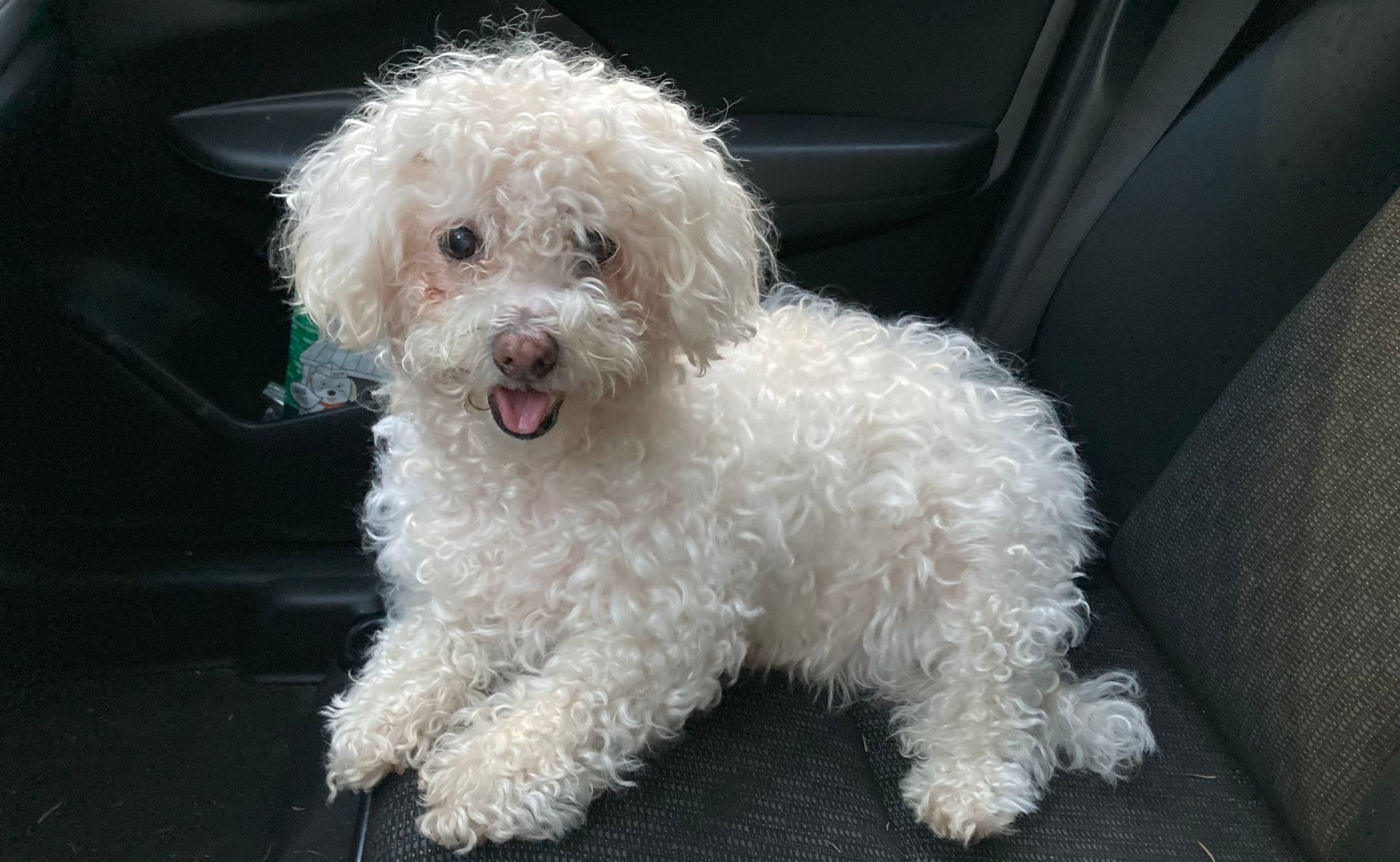Hi friends,
I'm writing to let you know my health issues ended up becoming more serious. I spent a week in the hospital and am home now, recovering with a course of heavyweight antibiotics, and will need a surgery in a few months.
I obviously haven't
